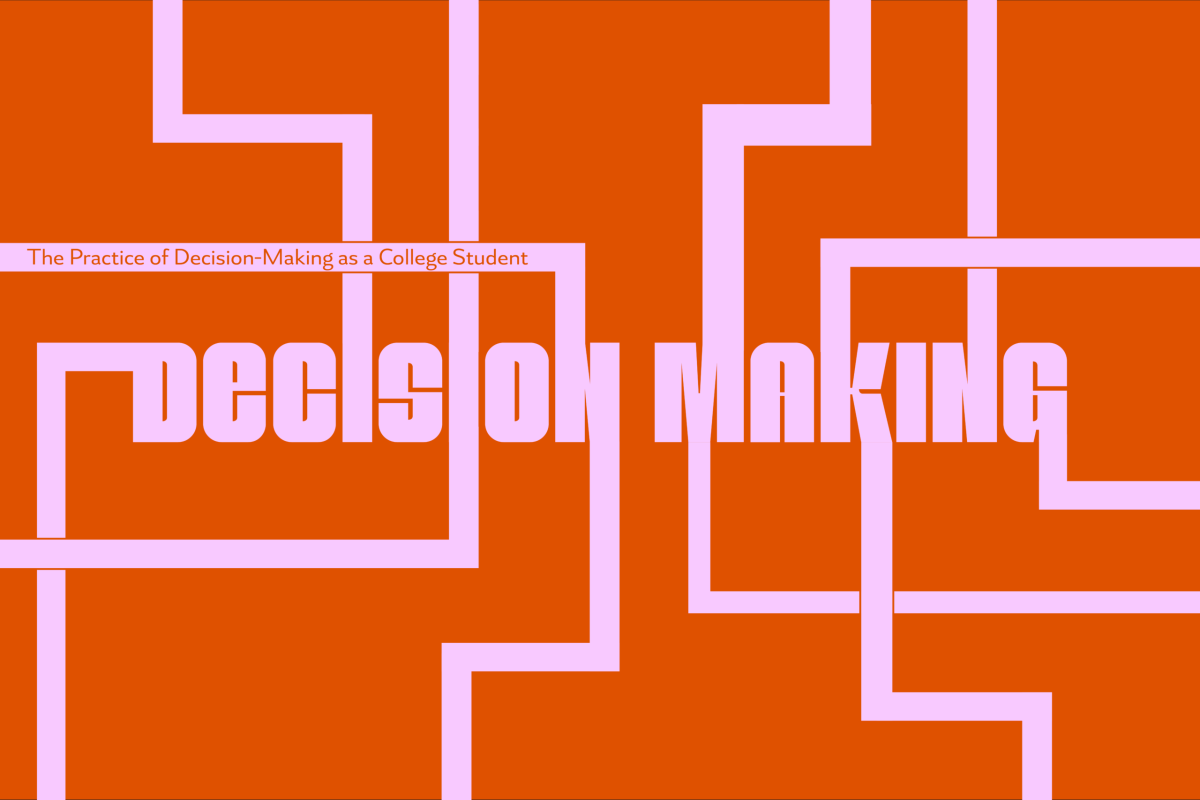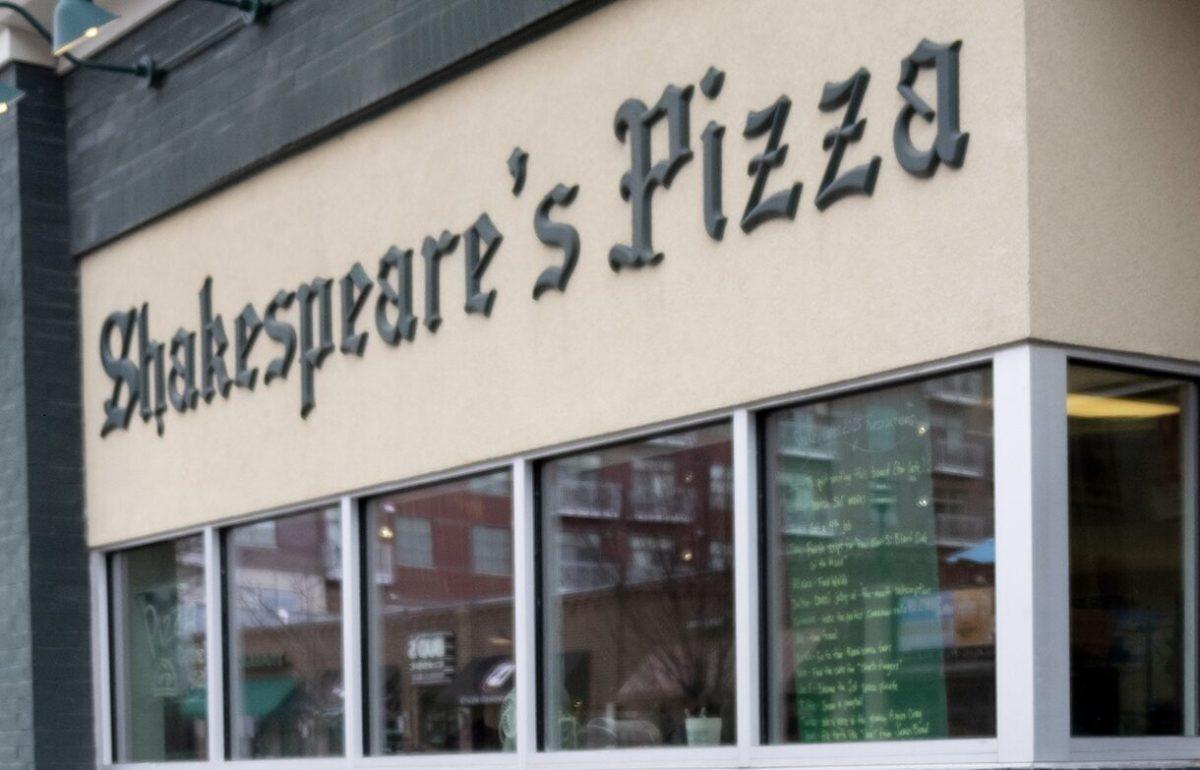I chair Four Front, a council comprised of minority student organizations, and I work closely with the student-run inclusivity initiative, One Mizzou. In case it isn’t obvious, diversity is my jam.
February is the trickiest month to be a diversity aficionado, since apparently, Black History Month brings out the worst in white people. 2010 gave us cotton balls strewn in front of the Gaines/Oldham Black Culture Center (I hope the symbolism is obvious), and in 2011, the sculpture in front of Hatch residence hall was vandalized with racist language. Given the trend, it’s no wonder I had every organization I work with on lockdown before Feb. 1 in case the worst might happen.
February did not disappoint. Imagine me, sitting at the MSA inauguration, carefree, when I hear news of another racist incident. My immediate thoughts are “Shit,” “Not again” and “I just want to eat cake.” Side note: University Catering has some kick-ass cake.
Most of the students involved with One Mizzou were present at the inauguration. We proceeded to frantically text and call our peers as we tried to plan the next move while the rest of the crowd cooed at the speeches made by the MSA executive cabinet.
Racist _fliers_ were this year’s star. No one busted out a spray can or went to Walgreens and nonchalantly picked up a jumbo pack of cotton balls. Instead, it was a freshman-level prank. The incident was contained to _one_ floor of _one_ residence hall. Racist, yes, but not on a grand scale, and not out in public. Serious, yes, but the 8.5 by 11 product of Microsoft Word tacked on someone’s door doesn’t exactly pack the same punch as hundreds of cotton balls on the lawn of the Gaines/Oldham Black Culture Center.
This poses an interesting quandary: Is every single action that can be classified as racist, whether it’s a slur, stereotype, bias-motivated action or bad joke something worth causing a campus stir?
Stop the column! Let’s look to psychology. Meet “microaggression.” Psychology professor Derald Sue defines racial microaggressions as “the brief and everyday slights, insults, indignities and denigrating messages sent to people of color by well-intentioned white people who are unaware of the hidden messages being communicated.” Yeah, this just became academic.
In an article for “Psychology Today,” Dr. Sue highlights how tricky racial microaggression is to deal with. White people (and other groups) are, according to Sue’s research, ignorant of their biases. They see themselves as good and therefore incapable of committing heinous acts against others. Unfortunately, their biases “leak out” in social situations and manifest in racist office jokes or awkward classroom discussion.
The YouTube video “Shit White Girls Say… to Black Girls,” provides many examples of microaggression. Subconsciously choosing a seat in the MU Student Center far from any minority or asking “Why isn’t there a White Culture Center?” are common examples of microaggression.
It’s imperative to take microaggressive acts of racism, sexism, homophobia or any other sort of discrimination seriously, but we also have to recognize the significant difference between conscious and subconscious behavior and react accordingly. Hosting a public forum to evaluate the racial state of MU because of the recent incident would have been like treating a cold with chemo.
We instead have to build a new culture where we don’t stop at condemning annual racism. Daily microaggression merits attention. Don’t permit your friends, your coworkers, fraternity brothers, sorority sisters, organization members, professors, parents or anyone else to be the victims of their own biases. Call them out on it. If we leave daily discrimination unchallenged, we all become participants in this problem.













